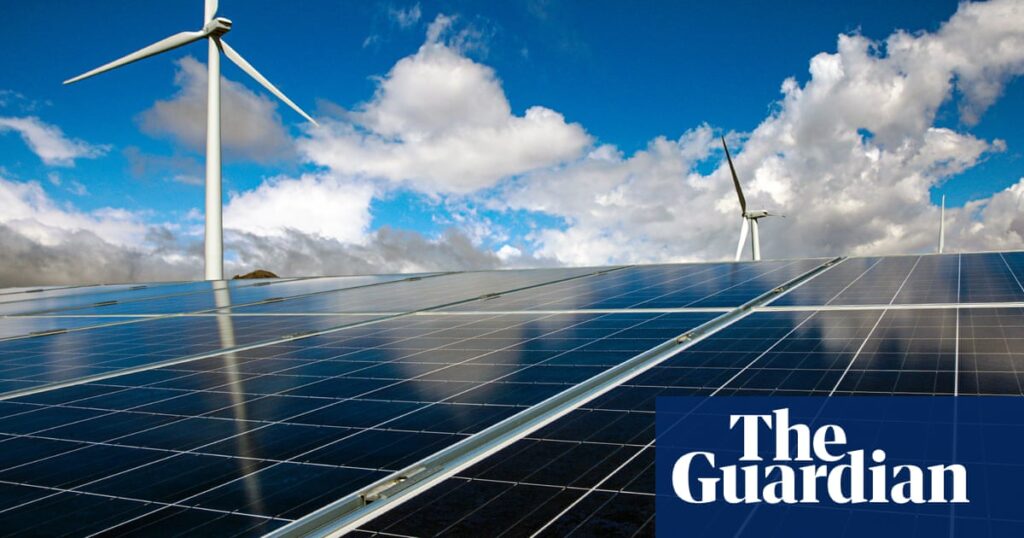Unprecedented Growth in US Renewable Energy Faces New Challenges
Recent data reveals a remarkable surge in renewable energy in the United States, with solar, wind, and geothermal power production more than tripling in the past decade. This expansion has substantially reduced greenhouse gas emissions, improved the resilience of the energy system, and saved numerous lives from pollution-related health issues, as highlighted in a report by state environmental organizations.
Despite these advancements, the transition toward clean energy encounters significant hurdles. The early months of Donald Trump’s presidency have seen efforts to dismantle federal policies aimed at mitigating climate change, potentially hindering further progress.
Environmentalists express concerns as greenhouse gas levels in the atmosphere hit record highs. An analysis by Climate Central shows that every state has warmed since the first Earth Day in 1970, underscoring the urgency for continued climate action.
Key Findings from the Environment America Report
-
Wind, solar, and geothermal energy supplied 19% of all retail electricity sales last year, according to federal data.
-
Electric vehicle (EV) adoption has surged, with nearly 3.3 million EVs on US roads by the end of 2023, a 25-fold increase since 2014. The number of charging ports expanded to over 218,000 by the end of 2024, marking a 24% rise from the previous year.
Sales of plug-in electric vehicles exceeded 1.5 million in 2024, representing a 7% increase from the previous year, according to Argonne National Laboratory. In the first quarter of 2025, nearly 300,000 new electric vehicles were sold, marking an 11% increase compared to the same period last year, as reported by Kelley Blue Book.
Johanna Neumann, senior director of the Campaign for 100% Renewable Energy, stated, “The growth of these clean energy technologies is now clearly benefiting people in all 50 states, and they’re really providing the building blocks of a clean energy system free from dirty and inefficient fuels. And the more that we can accelerate the progress that we’ve seen, the better it’ll be for our health and for our environment.”
Regional Shifts and Market Uncertainty
Southern states, many of which are Republican strongholds, have seen significant increases in renewable energy generation. While states like Mississippi and Alabama still lag in total renewable output, Florida and North Carolina have emerged as leaders in clean energy production.
However, a troubling trend has emerged with nearly $8 billion in investments in clean energy projects being canceled, closed, or downsized in early 2025, as reported by E2. Factors such as market uncertainty and debates in Congress over clean energy incentives contribute to this development. Michael Timberlake from E2 commented, “Clean energy companies still want to invest in America, but uncertainty over Trump administration policies and the future of critical clean energy tax credits are taking a clear toll.”
The Inflation Reduction Act, a key climate law, extended renewable energy tax credits through at least 2032. Yet, the possibility of these credits being repealed by a Republican-controlled Congress looms, adding to the unease in the market. Neumann noted the impact of this uncertainty, stating, “I think that market certainty has been stripped away for many of these technologies right now, and they’re feeling uneasy. And so it’s not surprising to me that we’re seeing a retraction in investment.”
Floodlight is a non-profit newsroom that investigates the powers stalling climate action.
Original Story at www.theguardian.com
